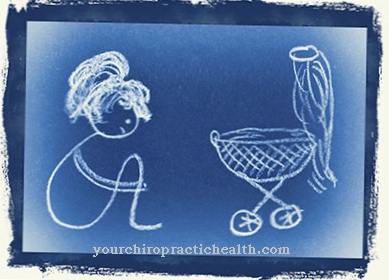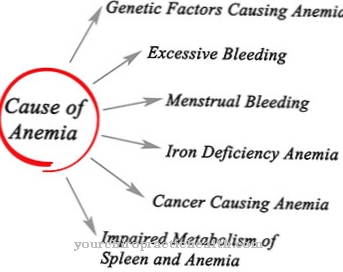The aortic valve is one of the four heart valves whose job it is to keep the blood flow from flowing in the wrong direction. It consists of three crescent-shaped semilunar valves and sits at the beginning of the aorta. Kick a Aortic stenosis (Narrowing), the normal function of the aortic valve is impaired.
What is aortic stenosis?

Aortic valve stenosis is characterized by narrowing of the surface of the aortic valve opening. The heart valves are often deformed. The resulting increased pressure on the left ventricle, which is necessary to maintain systolic-arterial blood pressure, leads to left ventricular hypertrophy and coronary insufficiency. Typical of aortic valve stenosis is a low blood pressure amplitude that is associated with a delayed increase in pressure and a low-amplitude pulse, which also has a low ascent rate.
In the case of aortic valve stenosis, a distinction is made between the congenital and the acquired form. Congenital defects include, for example, a narrowing of the valve ring, an agglomeration or thickening of the valve pockets, and a heart valve with only two pockets instead of three. In the latter case, the valve formed by the pockets has only one gap-shaped opening.
In most patients, this bicuspid valve is not noticed until adulthood. Such a malformed valve tends to calcification and offers germs a better opportunity to colonize than healthy valves, which can lead to so-called endocarditis in some affected persons. Usually such congenital aortic stenoses appear in patients who are younger than 60 years.
causes
Acquired aortic valve stenoses are mostly caused by inflammation (endocarditis) or by the wear and tear process with increasing age. The stenosis caused by natural wear and tear or calcium deposits mostly occurs in patients under 60 years of age.
This wear and tear process, which is characterized by connective tissue remodeling and calcification of the heart valve and thus roughly corresponds to the calcification of the coronary and other vessels (arteriosclerosis), is favored by various factors. These include diabetes, high blood pressure, smoking, excessive levels of calcium in the blood, and genetic factors.
The process of opening narrowing often lasts for many years, so that those affected usually only feel the effects of the aortic valve stenosis in old age.
Symptoms, ailments & signs
At the onset of aortic valve stenosis, those affected complain of dizziness and other circulatory problems. As a result of the insufficient blood supply to the brain, circulatory collapse can occur, which is noticeable in palpitations, sweats, panic attacks and finally unconsciousness.Symptoms such as high blood pressure or a pounding heart occur particularly in situations of physical strain.
A tightness in the chest and chest pain are also typical side effects. Cardiac arrhythmias such as atrial fibrillation, shortness of breath and pulmonary edema can also occur. In the absence of treatment, aortic valve stenosis causes heart failure. Heart failure is noticeable, among other things, through reduced physical and mental performance.
Pain and difficulty breathing can also occur. Even if heart failure does not develop, patients with aortic valve stenosis are quickly physically weakened and occasionally have problems with thinking. With congenital aortic stenosis, other symptoms can occur.
Many affected suffer from growth disorders or secondary diseases of the internal organs, which usually exist from birth or develop in the course of the first years of life. The typical symptoms and complaints enable a clear diagnosis. If aortic stenosis has been acquired, the signs can usually be traced back to a specific cause.
Diagnosis & course
Patients with mild aortic stenosis often have no symptoms. If the constrictions are more severe, clear symptoms usually appear. One of the first complaints is shortness of breath, which is initially perceived with heavy and later also with light stress.
There is a reduction in general performance. The shortness of breath is often associated with a feeling of tightness and oppression in the chest, which can increase to the heartache that is typical of aortic valve stenosis. The low blood pressure during exercise can lead to a short-term insufficient supply of the brain and as a result dizziness and a short-term loss of consciousness.
Due to the general damage to the heart, many sufferers in advanced stages of aortic valve stenosis suffer from swelling (edema) of the ankles and lower legs.
Echocardiography is the most informative and quickest examination method if aortic valve stenosis is suspected. This ultrasound examination of the heart can determine and classify diseases of the heart valves and any changes in the heart resulting from them. An EKG (electrocardiogram) and chest x-ray can complete the cardiological diagnosis.
If the need for a heart valve operation to treat the aortic valve stenosis emerges, a cardiac catheter examination is used to more precisely determine the severity and possible damage to the heart and to identify possible parallel constrictions in the coronary vessels.
Complications
The occurrence of complications that can be caused by aortic valve stenosis depends on the causes of the valve stenosis and the further course of the disease. One of the most common complications occurs when there is permanent turbulence in the blood flow at the narrowed point of the aortic valve. The turbulence can promote the formation of a thrombus (blood clot).
As a result, it is carried along with the arterial bloodstream to the brain, where it can block a thin artery. This can lead to an insufficient supply of the corresponding artery-dependent brain cells with oxygen and nutrients. The lack of oxygen triggers the irreversible destruction of the affected brain cells within a very short time.
It is the classic case of a stroke. Depending on the severity of the aortic valve stenosis, there is a moderate to severe loss of performance, which, in addition to shortness of breath and feelings of oppression in the chest, can also trigger a typical left heart pain. Exercise can lead to temporary dizzy spells or even loss of consciousness, which, depending on the activity, can lead to dangerous situations for yourself and for others.
If the aortic valve stenosis is left untreated, severe damage to the left ventricular muscles can occur with a poor prognosis. As a rule, aortic valve stenosis can be treated, so that the impending complications of untreated stenosis of the aortic valve can be avoided.
When should you go to the doctor?
Personal behavior in the event of an established aortic valve stenosis should be made dependent on the severity of the narrowing of the heart valve in the left ventricle. The cause of the valve defect can also play a role in the decision, if this enables a better prognosis of the further course of the disease to be made.
If the severity level has been determined to be “slight”, no subjective symptoms are recognizable by definition and therefore no performance losses whatsoever occur. A further visit to the doctor is initially unnecessary, especially since there are no restrictions on the types of sports practiced.
With a moderate degree of severity, a loss of stress is noticeable when peak physical performance is required. Nevertheless, sports or other physical performance should not be completely avoided. Endurance sports are suitable in which there are no uncontrollable short-term maximum loads, as is the case with many types of ball games. It is advisable to have an exercise ECG made beforehand in order to determine the maximum heart rate that must not be exceeded during sporting activities.
The exercise ECG can be written by a general practitioner with appropriate equipment or a cardiologist. Only with severe valve stenosis do the symptoms become so severe that any sporting activity can be counterproductive and immediately life-threatening. The topic of replacing the aortic valve with a biological or artificial valve should be discussed with an experienced cardiologist and possibly considered.
Doctors & therapists in your area
Treatment & Therapy
A high-grade aortic valve stenosis is treated with a surgical procedure in which the defective valve is replaced. There are two types of heart valve prostheses: biological and artificial heart valves.
After the use of artificial (mechanical) heart valves, which consist of two metallic wings, a lifelong blood thinning is necessary, which is carried out with drugs such as Falithrom® or Marcumar®. The advantage of these prostheses is their almost unlimited durability.
Biological valves, which are made from tissues that come from the pericardium of pigs or cattle, have roughly the same structure as natural heart valves. A lifelong blood thinning is not necessary for these, but there is a certain disadvantage due to the shorter shelf life, which is between 10 and 15 years.
Which valve type is ultimately used for aortic valve stenosis is agreed between the cardiac surgeon and the patient depending on factors such as the age of the person affected, any concomitant diseases, the type of heart valve disease and the desire to have children. In rare cases of aortic valve stenosis, scaffoldless valves, so-called stentless valves, are used.
Outlook & forecast
The prognosis of aortic valve stenosis depends on the progress of the disease, the earliest possible start of treatment and the general health of the patient. When medical care is used, the aortic valve is replaced in a surgical procedure. This restores the full functionality of the aortic valve.
The procedure is routine and usually without any further complications. Nevertheless, it carries the normal risks of an operation under general anesthesia. An adult who is in good health and has no other previous illnesses can normally be discharged as cured within a few weeks or months. It does not require any further intervention.
A change in lifestyle is necessary in order not to cause overload or overexertion. For strengthening, drugs are given that are supposed to support an improvement in health. After the surgical wound has healed, the patient can lead a largely normal life without further impairments. However, regular check-ups are advisable.
People with previous illnesses have a less favorable prognosis. Depending on the disease, the healing process can be delayed. In addition, a dysfunction of the heart is possible. Without medical care, the risk of serious illness and death increases. The blood flow cannot be guaranteed and various systems are disrupted as well as multiple organ failure. A stroke would result.
prevention
Aortic valve stenosis and the associated changes in the aortic valves in old age can hardly be prevented. To avoid complications from bacterial endocarditis and rheumatic fever, early detection and treatment of these diseases is necessary. Relapse is to be prevented by the consistent administration of antibiotics.
Aftercare
With aortic valve stenosis, the options for follow-up care are relatively limited in most cases. The patient is primarily dependent on medical treatment by a doctor in order to avoid sudden death of the person concerned. This can also prevent further complications. The earlier the aortic valve stenosis is detected, the higher the likelihood of a complete cure for this disease.
In most cases, the disease is treated with the help of a surgical procedure. This usually runs without complications, so that the valve is replaced by a new valve. As a rule, the new valve no longer needs to be replaced and continues until the person concerned dies. After such an operation, those affected should rest and take care of their bodies.
Refrain from exertion or other stressful activities. A healthy lifestyle with a healthy diet also has a positive effect on the course of aortic valve stenosis. Those affected should refrain from smoking or consuming alcohol. Further regular checkups are necessary after the procedure to detect further damage to the heart.
You can do that yourself
Recommended behavior in everyday life and which self-help measures are considered depends very much on the severity (mild, medium, severe) of the aortic valve stenosis and on the etiology. It is by no means the case that the total avoidance of circulatory loads and thus a total abstinence from sporting activities have a positive effect on the course of the disease.
Avoiding any stress on the cardiovascular system is only indicated in the case of severe aortic valve stenosis. In the presence of a mild valve stenosis, usually symptom-free and only recognized by suitable diagnostic options such as ultrasound and ECG, there are no restrictions on sporting activities.
If the valve stenosis is moderate, sports are called for which are associated with persistent stress, but which do not require punctual peak stress. Sports such as hiking in non-mountainous terrain, golfing in flat terrain, metered Nordic walking and light gymnastics are suitable. Ball sports such as soccer, tennis or squash and many martial arts are less suitable because they are associated with uncontrollable peak loads.
The permissible individual load can be controlled by checking the pulse rate using a pulse rate monitor. The maximum permissible pulse frequency should be determined beforehand in an exercise ECG. In addition to adhering to the maximum heart rate, warning signals such as shortness of breath, chest pain, nausea and other symptoms that may occur during exercise must also be observed.

.jpg)

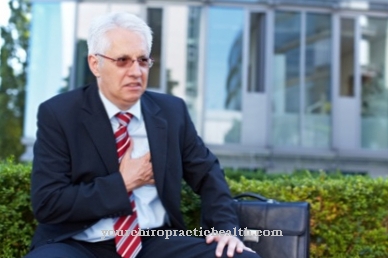
.jpg)
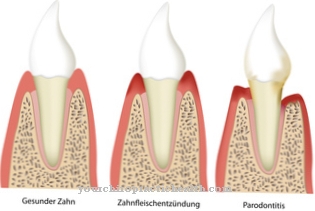
.jpg)



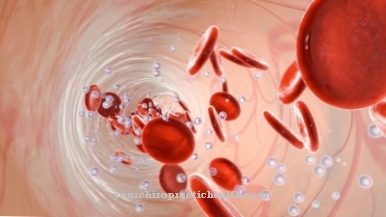


.jpg)
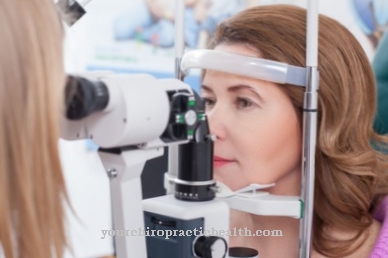
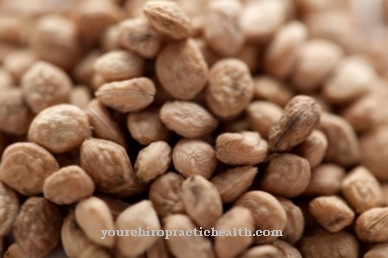






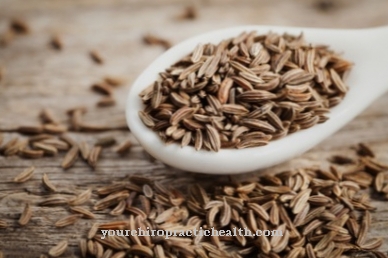

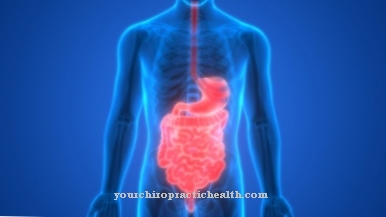
.jpg)
